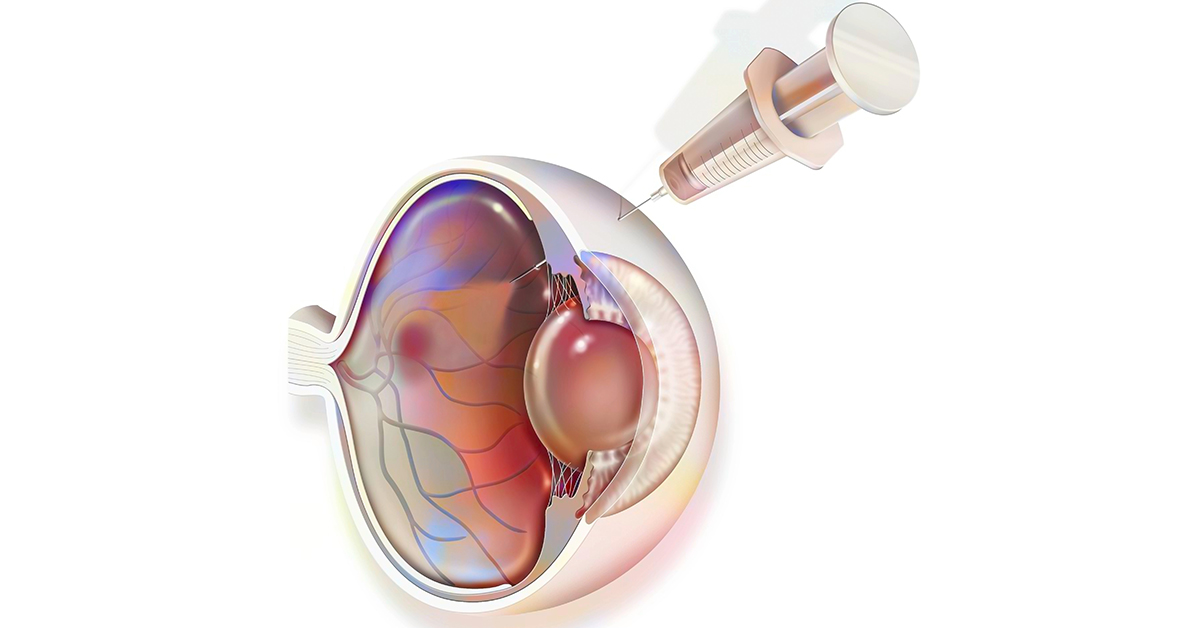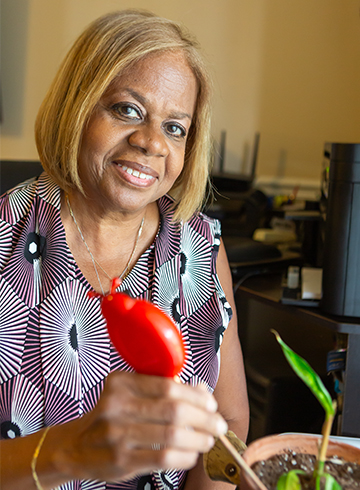

Ever since she was a child, Rosa Perez has desired to help others. Early on, that meant helping her parents, who didn’t speak English, by translating whenever necessary and looking after her younger siblings. In time, Rosa fashioned her helpful nature into a 30-year career in social work. “I served as a social worker in a nursing home for 15 years and then another 15 years in New York for patients with substance abuse problems and HIV/AIDS,” Rosa asserts. “I coordinated the care and appointments for the residents in the nursing facility. In New York, I made sure the patients were going to their appointments and protecting themselves and others, and I helped them with their entitlements and care plans so they could live healthier lives.” Unfortunately, end-stage kidney disease forced Rosa into early retirement. The disease typically causes the 63-year-old to feel fatigued, but on the days she feels energized, she enjoys exercising, going on adventures with her two grandchildren and caring for a large collection of plants that she’s nurtured since they were seedlings. For years, Rosa has worn prescription eyeglasses when driving, particularly at night. In 2015, when her prescription needed updating, Rosa visited her eye doctor, who delivered some frightening news. “The doctor noticed something behind the retina of my right eye and referred me to Dr. Barnard,” Rosa recalls. Thomas A. Barnard, MD, is a board-certified, fellowship-trained retina specialist at Florida Retina Institute. “Dr. Barnard diagnosed a cyst behind the retina and told me it wasn’t operable,” Rosa remembers. “I didn’t notice any symptoms until my eye doctor did the exam. Then I saw that the vision in my right eye wasn’t as clear as it was in the left eye. It was blurry. “It wasn’t apparent to me that I was having a problem because I was used to my vision the way it was. When I went to see Dr. Barnard, he confirmed the difference between my two eyes, and it was very obvious that I had a problem that needed to be addressed.”


Jordan pysz / iFoundMyDoctor.com
A visit to Florida Retina Institute saved the vision in Rosa’s right eye.
Dual Diagnoses
The retina is the layer of light-sensitive nerve tissue that lines the back of the eye. It converts light rays into electrical signals, which the brain interprets as visual images. “When Ms. Perez arrived at our office, she was experiencing fluctuating vision and light sensitivity in her right eye,” Dr. Barnard recalls. “A dilated retinal exam uncovered a macular cyst, a fluid-filled sac that develops on the macula, the center part of the retina that is responsible for sharp central vision.” Macular cysts are a common age-related problem, Dr. Barnard explains. They can develop as a result of wear-and-tear, inflammation, damage to blood vessels or because of diabetes. The most common symptom is distorted central vision. Macular cysts are often treated with injections of medication into the affected eye. But that was not Rosa’s only issue. During his evaluation, Dr. Barnard discovered that Rosa also had macular degeneration in her right eye. This condition likely contributed to her blurry vision. It can also cause straight lines to appear wavy, and in advanced stages, people may notice a dark, empty area or blind spot in the center of their vision. “Macular degeneration is a progressive eye disease of the retina primarily associated with age that affects nearly 20 million American adults,” Dr. Barnard informs. “It is also referred to as age-related macular degeneration, or AMD. Besides age, race is another major risk factor; Caucasians have a higher risk for AMD. Smoking is another risk factor. “Genetics account for at least half of all cases of AMD, so people who have family members with AMD are at a greater risk. Certain lifestyle factors such as sun exposure, diet, activity level, high cholesterol and blood pressure can increase the risk as well.” There are two types of AMD: dry and wet. About 85 percent of people diagnosed with the disorder have the dry form, which occurs due to natural degenerative changes to the macula and typically causes blurry or distorted vision. It begins with the formation of small protein deposits under the retina called drusen. The progression of dry AMD may be slowed with a special formulation of vitamins and minerals called AREDS2, developed by National Eye Institute researchers. in a clinical trial called Age-Related Eye Disease Study 2. AREDS2 supplementation is routine in the treatment of dry AMD. In February, the FDA approved SYFOVRE™ (pegcetacoplan injection), the first medication to treat an advanced form of dry AMD called geographic atrophy. “Geographic atrophy is a chronic, progressive degeneration of the macula that can lead to permanent vision loss. It is the last stage of dry AMD. SYFOVRE stops geographic atrophy from progressing,” Dr. Barnard explains. SYFOVRE is injected into the patient’s eye by the doctor. While the thought of receiving a shot in the eye may be frightening, a surface anesthetic is used beforehand so the patient experiences no pain.
Dry to Wet AMD
In rare cases, dry AMD can progress to the more serious wet form. “With wet AMD, the body tries to grow new blood vessels to help nourish the degenerating tissue in the back of the eye,” Dr. Barnard describes. “However, these blood vessels are abnormal and they leak into the retina and macula, destroying central vision. “In addition to blurry or distorted vision, wet AMD can also cause dark spots to form in the field of vision. The good news is that wet AMD can be treated, and further vision loss can be prevented if we catch it early.” Treatment of wet AMD typically involves injections into the eye of medications that block vascular endothelial growth factor (VEGF), a protein that triggers the growth of blood vessels. “Anti-VEGF medications suppress the formation of blood vessels that become abnormal with wet AMD,” Dr. Barnard educates. “But these medications only stay in the eye for a certain amount of time before the body flushes them out. As a result, anti-VEGF injections must be given regularly at certain intervals. Each person with wet AMD is different, so the interval between injections is specific to the patient.” Anti-VEGF medications used at Florida Retina Institute include bevacizumab (brand name AVASTIN®), ranibizumab (LUCENTIS®) and aflibercept (EYLEA®). There’s also a newer medication called faricimab-svoa (VABYSMO®), which lasts longer in the eye than the other anti-VEGF treatments, enabling longer intervals between injections. “Ms. Perez suffers from wet AMD and had a macular cyst,” Dr. Barnard observes. “We initially treated her with injections of AVASTIN, but eventually switched to EYLEA. She now receives an injection into her right eye every four to six weeks. Her macular cyst has dissipated, and her vision has stabilized. With continued treatment and healthy living, her prognosis is wonderful.”
No Complaints
Rosa says the injections of EYLEA have worked as promised and refers to Dr. Barnard’s treatment plan as a huge success. “The shots are working very well for me,” Rosa enthuses. “My vision improves a lot after I get a shot, and it continues to work really well until about the last two weeks. Then my vision starts to deteriorate a little bit, and I can notice a difference. “Once I get another shot, though, my vision goes back to normal, so I don’t have any complaints. I don’t see flashes of light or anything else that disturbs me, and I can see to drive safely during the day and at night with no problems.” Rosa is very pleased with the care she receives from Florida Retina Institute and Dr. Barnard. “I like Dr. Barnard very much,” she raves. “He’s friendly, accommodating, respectful and sweet. He explains everything to me and helped me understand why I’ll need to keep getting injections for the rest of my life. “Every time I go in for an appointment, he tells me how my eye is doing and what to expect, so I’m very happy that I went to see Dr. Barnard. Otherwise, I wouldn’t have vision in my right eye anymore. I highly recommend him and Florida Retina Institute. I wouldn’t go to anyone else.”











Leave a Reply